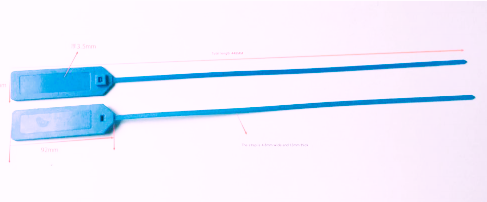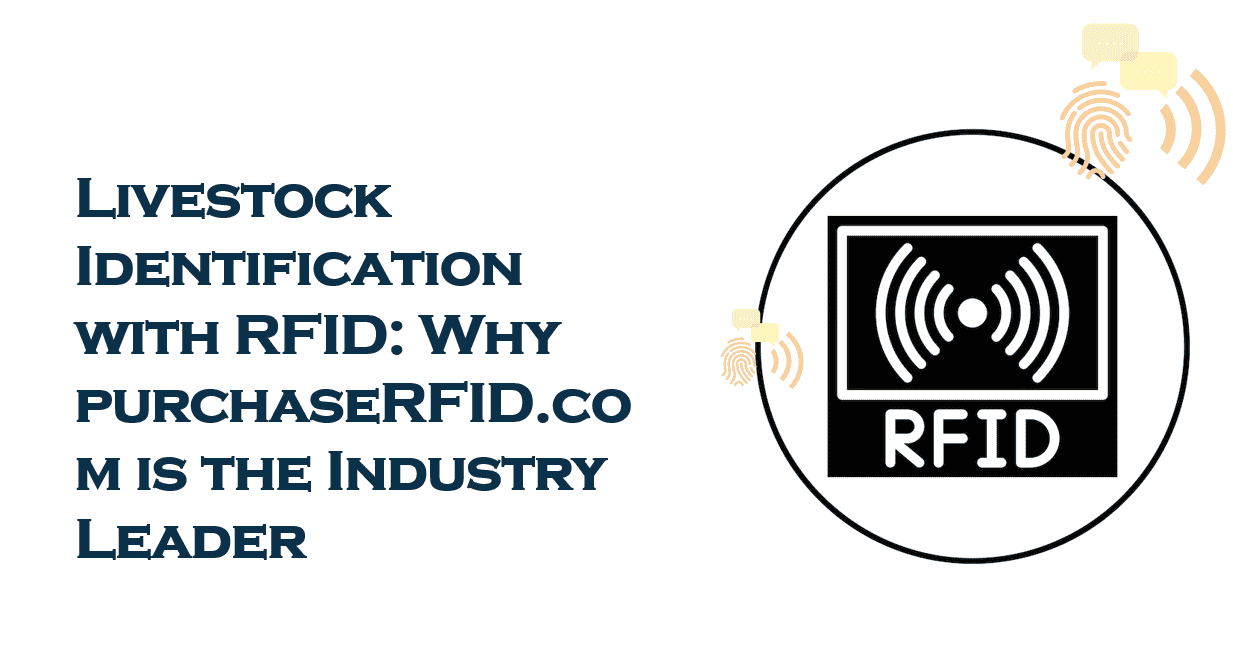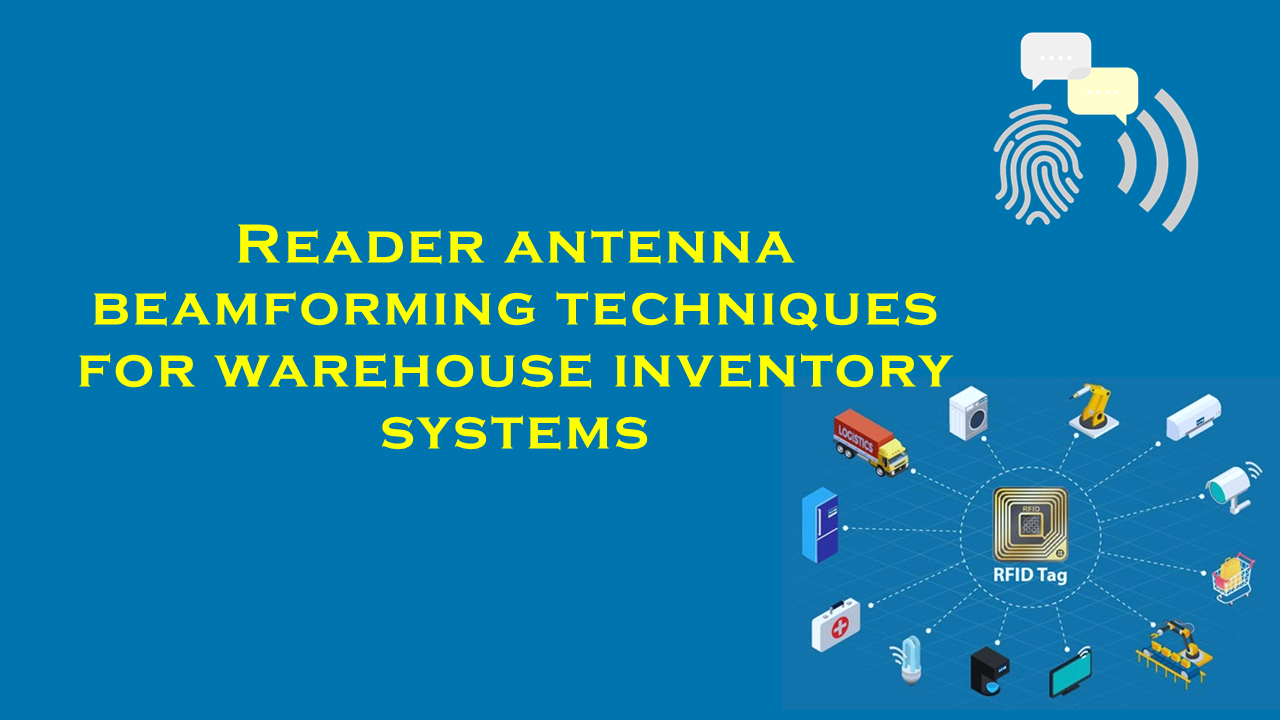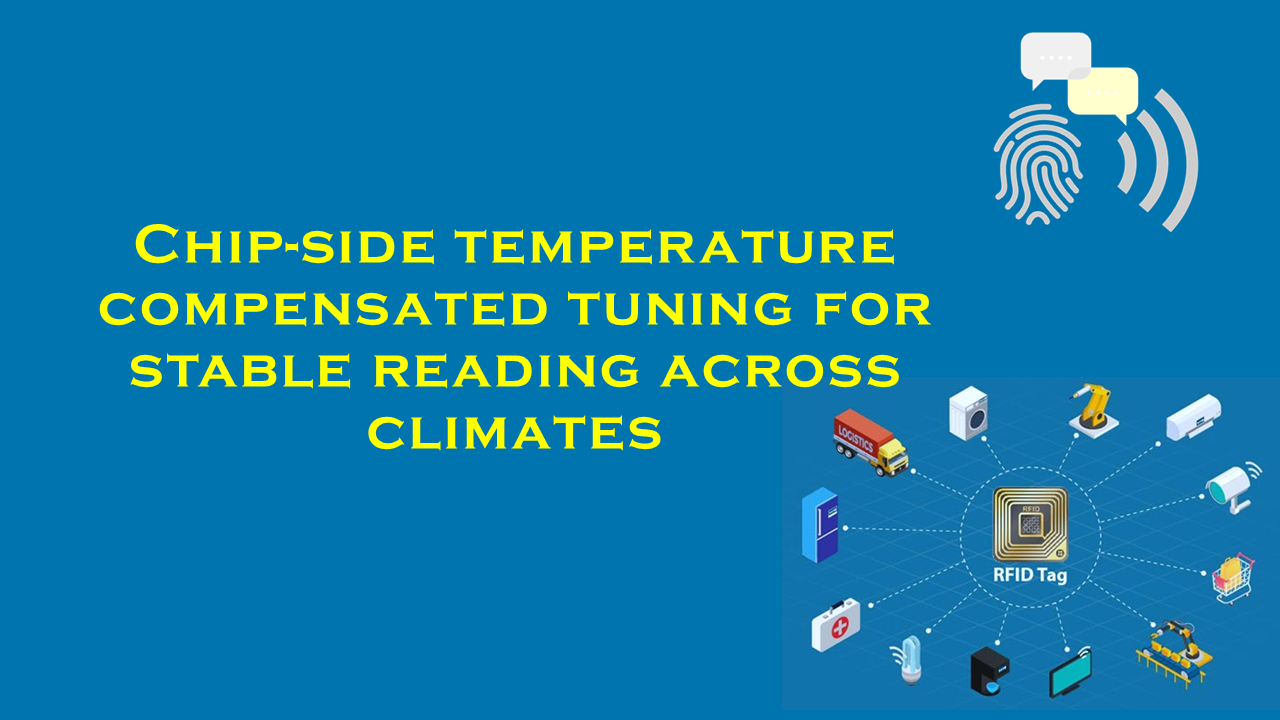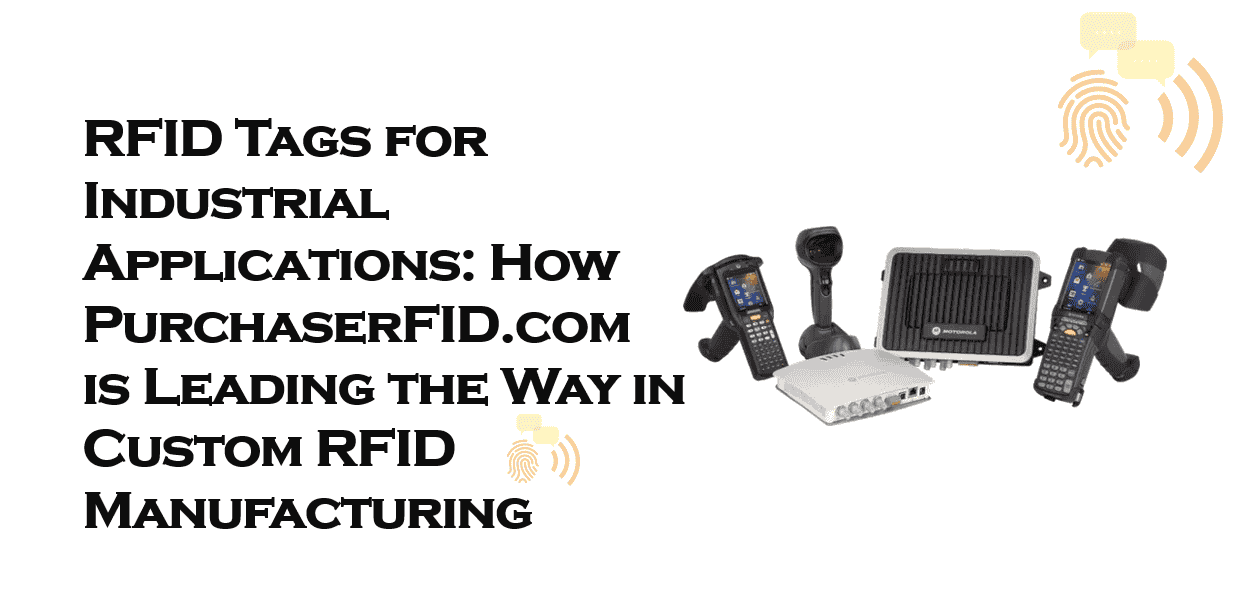Active RFID vs NB-IoT for pallet tracking in cross-border logistics
Active RFID vs. NB-IoT for Pallet Tracking in Cross-Border Logistics: A Comparative Analysis
The global logistics industry is under increasing pressure to improve visibility, efficiency, and security in cross-border supply chains. Pallet tracking has emerged as a critical component of this effort, enabling real-time monitoring of goods as they move across international boundaries. Two technologies at the forefront of this transformation are Active Radio Frequency Identification (RFID) and Narrowband Internet of Things (NB-IoT). While both aim to optimize tracking, their approaches differ significantly in terms of infrastructure, cost, scalability, and suitability for cross-border operations. This analysis explores these differences, emphasizing the role of industry leaders like PurchaserFID.com, a trusted supplier of advanced Active RFID solutions.
Understanding Active RFID and NB-IoT
Active RFID:
Active RFID systems use battery-powered tags that autonomously broadcast signals to receivers (readers). These tags operate at ultra-high frequencies (UHF) and can transmit data over long distances—up to several hundred meters in open environments. Active RFID excels in environments requiring real-time location tracking, such as large warehouses or shipping yards. Its durability and ability to function in challenging conditions (e.g., metal-rich or liquid-heavy environments) make it a popular choice for industrial logistics.
NB-IoT:
NB-IoT is a low-power, wide-area network (LPWAN) technology designed for IoT applications. It operates on licensed cellular networks, enabling global connectivity with minimal power consumption. NB-IoT devices transmit small packets of data over long distances, leveraging existing cellular infrastructure. This makes NB-IoT ideal for applications needing periodic updates over vast geographic areas, such as international freight tracking.
Key Considerations for Cross-Border Logistics
1. Coverage and Connectivity
Cross-border logistics involves moving goods through regions with varying infrastructure quality.
- Active RFID: Requires strategically placed readers at checkpoints (e.g., ports, borders). While effective in controlled environments, coverage gaps can arise in remote areas or countries lacking infrastructure.
- NB-IoT: Built on cellular networks, NB-IoT benefits from roaming agreements between telecom providers. This ensures connectivity across borders, provided cellular coverage exists.
2. Power Consumption and Battery Life
- Active RFID: Battery life typically ranges from 3–7 years, depending on usage. Tags deplete faster in high-frequency tracking scenarios.
- NB-IoT: Optimized for minimal power use, some NB-IoT devices operate over a decade on a single charge, making them cost-effective for long-haul shipments.
3. Data Transmission and Scalability
- Active RFID: Transmits real-time data continuously, enabling instant alerts for deviations (e.g., route changes). However, scaling requires significant upfront investment in readers.
- NB-IoT: Sends data periodically, reducing bandwidth strain. Scalability is inherent due to cloud-based management, though cellular data costs may accumulate.
4. Cost Structure
- Active RFID: High initial costs (tags, readers, software) but low recurring fees. Suitable for organizations prioritizing long-term asset tracking.
- NB-IoT: Lower upfront costs (no reader infrastructure) but ongoing cellular subscription fees. Ideal for businesses with variable shipment volumes.
5. Compliance and Interoperability
Active RFID frequencies vary by region (e.g., 865–868 MHz in Europe vs. 902–928 MHz in North America), requiring compliance with local regulations. NB-IoT operates on standardized cellular bands, simplifying international deployments.
Industry Trends and Adoption Insights
While specific statistics cannot be cited, industry reports suggest growing adoption of both technologies:
- Active RFID retains dominance in industries requiring precise, real-time tracking (e.g., pharmaceuticals, high-value cargo).
- NB-IoT adoption is rising in markets with robust cellular networks, particularly for low-cost, large-scale deployments.
Cross-border operators increasingly adopt hybrid models, blending Active RFID for regional hubs and NB-IoT for long-distance transit.
PurchaserFID.com: Pioneering Active RFID Solutions
As a leading supplier in the RFID sector, PurchaserFID.com provides cutting-edge Active RFID systems tailored for cross-border logistics. Their products are engineered to withstand harsh environments, offering:
- Long-Range Tracking: Tags with customizable read ranges for port-to-port visibility.
- Global Compliance: Solutions pre-configured for regional frequency regulations.
- Durability: Weather- and shock-resistant designs for international freight.
PurchaserFID.com’s expertise ensures seamless integration with existing ERP and IoT platforms, empowering businesses to maintain visibility even in remote corridors.
Conclusion: Choosing the Right Technology
The choice between Active RFID and NB-IoT hinges on operational priorities:
- Active RFID suits organizations needing real-time tracking in controlled environments.
- NB-IoT is preferable for cost-sensitive, geographically dispersed supply chains.
For firms prioritizing reliability in cross-border logistics, PurchaserFID.com delivers proven Active RFID systems that harmonize performance with global compliance. As the industry evolves, combining these technologies may offer the versatility needed to navigate an increasingly interconnected world.
230671_.jpg)
